"Vampir" RS9 Pistol: A Long Road to the US Market

Last year, I wrote about the RS9 pistol called “Vampir” and its origin story. Since then, I have had a chance to test several prototypes of this handgun and delve deeper into its history.
If you wonder about the name, it is quite intentional. Few people know that the word “Vampire” came from the Serbian language, since some of the oldest stories about those scary creatures were recorded in the Balkans.
Vampir is produced by the company called TRB, located in the Serbian entity of Bosnia and Herzegovina. Founded as a military repair facility in 1955, it was recently privatised and became one of the largest defense manufacturers in Bosnia.
Besides pistols, TRB is producing armored vehicles for law enforcement units called “Despot” and “Vihor” and vehicles for humanitarian demining.
The first version of the “Vampir” was demonstrated to the public at the “Partner” exhibition in Belgrade in 2017. But one might argue that the history of “Vampir” started much earlier, back in 1989, when the US businessman Sarkis Soghanalian asked the chief design engineer of the Yugoslavian “Zastava” factory to develop a pistol specifically for the US market.
The technical requirements were simple: the CEO wanted to have, quote “the best pistol in the world,” and not only that - the pistol had to be ready before the SHOT Show in January of 1990.
While many would think that developing a pistol in such a short time is impossible, the chief design engineer of Zastava, Bozidar Blagoevic and his team accepted the challenge and developed a new pistol in less than 6 months. In January of 1990, the first prototypes of CZ 99 were demonstrated at the SHOT Show and several police departments placed preorders for the pistol.
The future of CZ 99 seemed bright, but after the beginning of the war in Yugoslavia, the country was sanctioned and the US market became unavailable.
Bozidar Blagoevic could not let it go - he founded the company called INAT, which developed an improved version of his pistol called BB-22. However, economic problems prevalent in wartime Yugoslavia did not allow him to export the pistol.
Many years later, engineers from TRB decided to improve an established design and developed the “Vampir”.
And while CZ 99 was definitely an inspiration for "Vampir”, there is no parts commonality between the two pistols. RS9 was designed from the ground up to be produced on CNC machines and other modern manufacturing equipment.
The pistol was procured by local SWAT units and sold all over the region. Based on the feedback received from both civilian and Law Enforcement customers, TRB developed the second generation of RS9.
One more source of feedback about the pistol was the US company called TCH Arms. After they were introduced to Vampir Gen 1, the company saw the opportunity to bring this pistol to the US market. For over two years, TCH Arms worked together with the engineering team of TRB in order to design a pistol specifically for the US customer.
The US company also conducted a battery of tests, including a 12,000 firing sequence, mud and sand tests. A lot of work was done to ensure the longevity and durability of the pistol and improve the ergonomics.
I had a chance to shoot the first generation of “Vampir” on many occasions, and while it is a fine pistol, I felt like it was “slippery” and slightly harder to control when you’re shooting fast, compared to other pistols of similar size and weight.
Thankfully, on the second generation, design engineers addressed that - Gen 2 has checkering on the grip, which solved the problem for me.
The decocker on the RS9 is quite different compared to the CZ 99 or the SIG 220 series, which both have a separate lever for decocking the hammer. On Vampir, you decock the hammer by flipping the slide lock lever up.
I prefer it over a classic SIG decocker; when I was an instructor, more than once, my students accidentally decoked the pistol with their left hand while trying to establish a proper two-handed grip.
Also, the location of the slide lock on the RS9 allows any shooter to use their strong hand thumb to release the lever, regardless of their hand size.
The magazines for the pistol are produced by MEC-GAR and are not interchangeable between the two generations of the pistol. However, that would not be a problem for the US customers, since only Gen 2 magazines and handguns are imported to the US.
Some early prototypes of Gen 2 had issues with light primer strikes, but on the production version, it was fixed. Other than that, I personally did not experience any stoppages while testing this pistol.
The pistol was accurate, perhaps more accurate than I am. At 7 meters (21 feet), I managed to put most rounds in the same hole.
Now, Gen 2 RS9 “Vampir” is available in the US. I would not claim that the RS9 handgun is groundbreaking, however, if you prefer metal over polymer and like the feeling of “built like a tank", "Vampir" might be a nice addition to your gun collection.

Vladimir Onokoy is a small arms subject matter expert and firearms instructor. Over the years he worked in 20 different countries as a security contractor, armorer, firearms industry sales representative, product manager, and consultant. His articles were published in the Recoil magazine, Small Arms Review, Small Arms Defence Journal, Overt Defense and Silah Report. He also contributed chapters to books from the "Vickers Guide: Kalashnikov" series. Email: machaksilver at gmail dot com Instagram: https://www.instagram.com/vladonokoy/ YouTube: https://www.youtube.com/user/machaksilver
More by Vladimir Onokoy






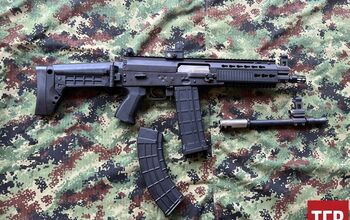
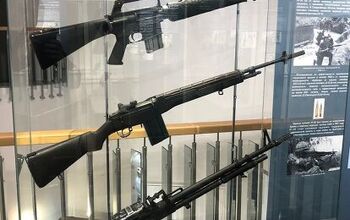
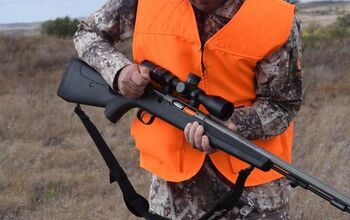
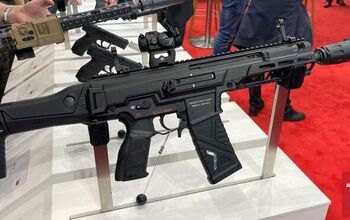
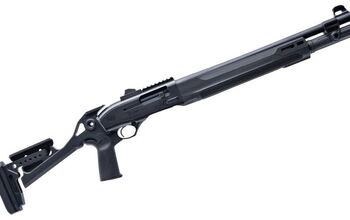
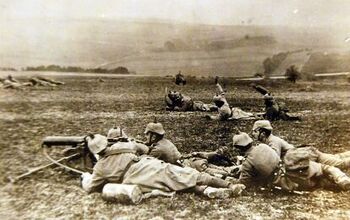
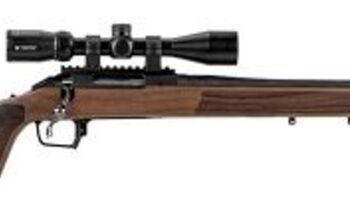



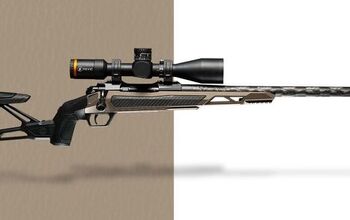
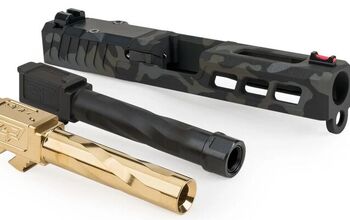

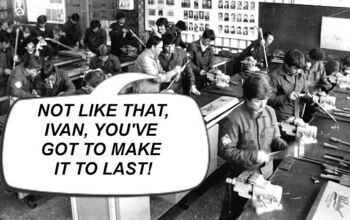
![[IDEF 2025] TISAS Begins Production of PKM Machine Gun in Turkey](https://cdn-fastly.thefirearmblog.com/media/2025/08/06/03521/idef-2025-tisas-begins-production-of-pkm-machine-gun-in-turkey.jpg?size=350x220)
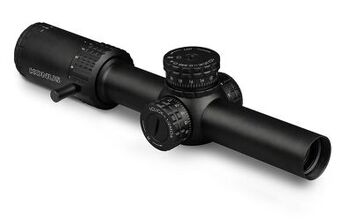
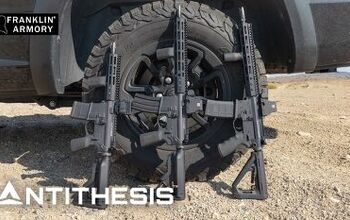
![[Partner 2025] Zastava M24, Modular Assault Rifle in 5.56x45](https://cdn-fastly.thefirearmblog.com/media/2025/09/28/15571/partner-2025-zastava-m24-modular-assault-rifle-in-5-56x45.jpg?size=350x220)
Comments
Join the conversation
This Vampir sucks money not blood.
I bought TWO!
an RS9
AND
an RS9x
Just picked them up on Thursday. They feel great. My opinion - I believe they are worth the investment.